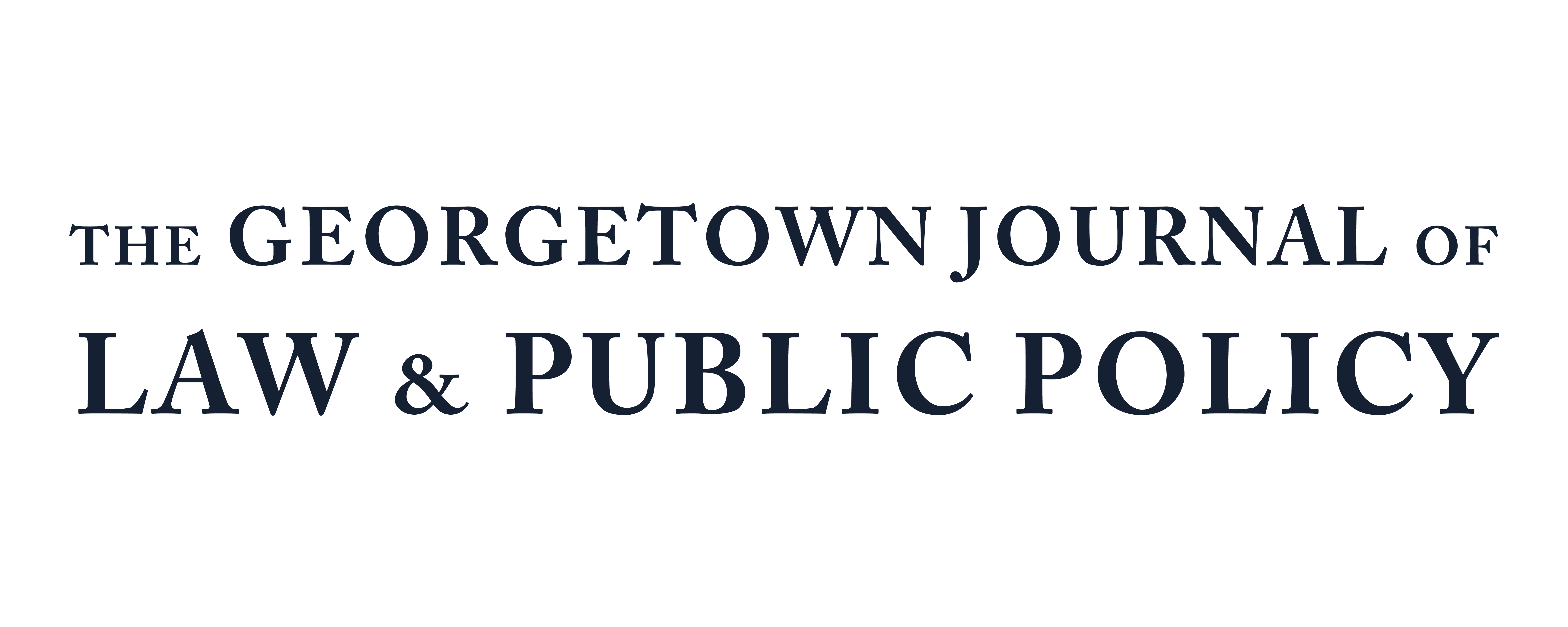Partisanship, Norms, and Federal Judicial Appointments
Nominations to the U.S. Supreme Court have sometimes been contentious, but nominations to seats on the lower federal courts were once routinely confirmed with little controversy. That is no longer the case. For nearly a quarter century, nominations to the federal circuit courts have been hotly contested. The result has been an extended period of Senate obstruction in which presidents of both parties have found it difficult to place judges on the federal circuit courts. The Senate has recently responded to this persistent gridlock by modifying its own institutional rules to facilitate a more streamlined, majoritarian confirmation process. This has not, however, solved the problem of Senate obstruction of circuit-court nominees during periods of divided government. In an era of heightened ideological conflicts, partisans might be tempted to take advantage of moments of unified control of the Senate and the White House to go further than streamlining confirmations to expanding the number of available judicial seats to fill. Rather than moving into a new era of routine judicial confirmations, the long period of confirmation gridlock could give way to escalating efforts at court-packing.
Keep Reading Partisanship, Norms, and Federal Judicial Appointments
Subscribe to GJLPP
